Sponsored by Battle Quest Comics
By Brian Hibbs
Well, the next big shoe has dropped in periodical comics distribution as Image Comics announced they, too, are dropping their exclusive relationship with Diamond Comics Distribution. Image is making Lunar their primary distributor.
I, personally, am disappointed with this move for a few reasons – the primary one being that I have no interest doing business with a “distributor” whose owners also owns what I consider to be my largest competitor (Discount Comic Book Services as well as Half Priced Trades), whose entire business model is predicated on selling to consumers at near-wholesale pricing. It’s bad enough that they get to make a couple of percentage points from every item I buy from them, but they’re also able to collect information about my local market which can make them even more effective competitors than they already are. It’s a dangerous vertical monopoly for physical storefront retailers to have to underwrite.
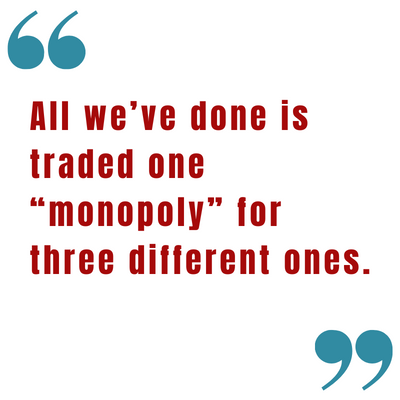
I also find that Lunar is lackadaisical, at best, with “backstage” elements the market depends upon – things like assigning series codes, and shipping timing, are crucial for stores to rely on, but they’re simply not working in uniform and consistent ways across the board, and these things cost retailers time and money, and create market confusion and unlevel playing fields.
So those are some of my concerns about the selection – not all of them – but it’s not as though any publisher is making their decisions based upon an individual retailer’s concerns. And, let’s be real about it: the reason this switch (and the ones by Marvel and DC before them [not to mention Dark Horse and IDW]) happened is because Diamond completely lost the plot of what both their vendors and customers wanted and needed, and were utterly hostile to making the changes that they’re been asked to make, for literal decades now.
Diamond could have fixed things up enough to have satisfied their critics on issues like damages and shipping costs; they could have worked much harder to identify and promote new creators, new voices, new characters, and thus to expand the depth and breadth of the market, rather than leaning into the dead-end “collectors” end of the pool which has yielded something like twenty years of steadily declining audience size, And, instead, we’ve ended up in a world where at very least you have a vocal plurality of retailers singing the praise of the end of a monopoly, without thinking further to see that all we’ve done is traded one “monopoly” for three different ones.
While one could, technically, buy, say, their Marvel comics from either Penguin Random House (PRH) or Diamond, the vast discount gap between 50% off and Free Freight at the former, and ~6% lower and expensive freight from the latter is such that it is then essentially impossible for almost any stores doing any meaningful volume with Marvel to purchase from Diamond. PRH is the new Marvel Monopoly (as well as Dark Horse and IDW). In the same way, Lunar has a Monopoly on DC (and, soon, Image). Diamond currently has “Monopoly”-style contracts with Boom and Dynamite, as well as a slew of smaller publishers like Aftershock and Titan.
What happens when we move from having a single monopoly to having three different ones? Well, in many cases, costs rise precipitously for most retailers – not just from having discount tier reassessed (for example, Marvel used to offer their largest accounts as much as 59% off, and now everyone is essentially capped at 50%); but from also having to do three times the ordering and tracking work. Opening boxes from three different distributors that arrive on three different days and that have three different ordering and invoicing systems can really only increase costs – and do so without increasing demand or sales one tiny iota (because distribution should be entirely invisible and immaterial to the consumer)
Further, pricing structures at Diamond are based primarily around your overall volume. This made a certain amount of sense when all your volume was collectively ordered from a single source, (and, in fact, was derived from systems originally created in an environment – in the 1980s! – where multiple wholesalers were competing for your business), but I don’t think it makes sense any longer in 2023 when your decision-to-buy on the top-85% or so of the volume of periodical comics is locked into multiple monopolies!
The problems for Diamond are many-fold, now. At that base level, losing 85% of your highest volume titles mostly leaves you with the stuff that you weren’t really making money from in the first place. Ask Capital City in 1995 what happens when you lose your largest accounts (as they did to Diamond, back then) and you’ll find out there’s not enough volume left from the remaining smaller publishers for most retailers to continue ordering from them, and thus sales for you to sustain operations. Ask about any of the multiple times in the intervening three decades when someone stepped forward trying to make a “small press distributor”, and see how they’ve all passed by the wayside.
Diamond’s got another problem in that they’ve been caught out in their practice of treating shipping as a direct profit center. Oh, virtually all retailers knew this was occurring for decades and decades, but the skim wasn’t too egregious until prices started skyrocketing, coincidentally around the same time that they lost a third of their comics volume when DC left for Lunar. Then Diamond announced a 40% cut in shipping costs, which had the opposite reaction from most retailers I am in contact with than I think Diamond wanted: virtually all of this viewed this as an admission of guilt rather than a celebration of savings. Finally, Diamond finally gave us what retailers have been asking for since (at least) 1995: a detailed per-box breakdown of shipping costs (though it is on the website, rather than on our invoices, like we’ve been asking for), which showed many of us that we were losing a meaningful amount of money from specific boxes and kinds of products. Just for one personal example: turns out I am losing 22 cents a copy selling the PREVIEWS catalog to customers.
When you both lose your volume at the same time you lose the trust and the vendors you have remaining monopoly status with are not the ones driving the bus in terms of sales, your only other choice is to stake your reputation on quality – promoting good books, over bad ones. But Diamond’s never done that in the history of the company, and so almost certainly would be unable to pivot at this point. Instead, Diamond appears to be double- and triple-down on variant covers and companies that are focused on the “Franklin Mint” style of “collectibles”: all manufactured, rather than natural. Unfortunately, as near as I can see, this is not giving any result that is increasing sales-per-SKU.
Clearly, this is not a problem limited to Diamond – the entire market is tumbling down this manufactured “collectables!” hole, but what I hear again and again from both publishers who are willing to be honest, as well as many of my peers is that while you can spike your issue #1, your issue #4 is down below it was before, which only leaves everyone in an ultimately worse place. It seems evident to me that we’re about to have another “crash” pretty soon as the market continues its focus on “manufactured collectibles”.
Let me sidebar here: While it is entirely possible that I have been selling comics too long, and my thoughts have calcified as a result, but my largest opinion of the current state of the American market for periodical comics for adults (which, let’s be clear: is still the major source of revenue for “Direct Market” publishers, and thus page rates/exposure for most US creators) is that most of the problems we have can be solved by answering this question: “How am I expanding the market?”
For the most part, there is no “core” issue with periodical comics themselves: it seems obvious to me that far more people are interested in serialization of comics material, then they are of the “collected” edition of the same material. While we haven’t had a sales chart published since April of 2022, you can see just how much better the US periodicals are selling than the same material collected, via BookScan’s figures. This is only defined by perhaps 5% or less of the material presented, and even then, over a years-long horizon — at least when that serialization is at a price-point they are comfortable with.
But, you can confuse the fuck out of the consumer: you can add too many series for the same character, you can add too many covers so they get confused, you can ignore “continuity” (the very reason people like serialization!). etc etc ad nauseum — it’s hella easy to “chase people away” from a character or series (or a medium even!) by going too far, or by producing material that the consumer isn’t engaging with; this is not exclusive to comics by the way!! I see bands do it, I see it happen with prose and TV and film, and everything else.
What retailers (in any medium) do is they act as multipliers for what the publisher does. I have thousands of people who walk through our doors every month — by displaying material for sale, or promotional items; by having an educated staff who knows what the what is, by our rack building, our genre splitting, our stocking choices and also what we choose not to stock, all of these things are reactions to the environment that publishers create around us.
When publishers “get it right” — when the explicit goal is to Expand the Market, then we retailers can radically amplify what a publisher or creator does. Super obvious examples might include books like “Sandman” or “Saga” or “Walking Dead” or the entire “New 52” experiment. “Brzrkr” probably, hell even “Death of Superman”, y’know? Give us the product, give us the tools, give us the info, give us the support and we can sell the fuck out of things. I can walk you through how each of the examples I gave (which is just a fraction of the possible books to discuss) did those things – I could write an easy two thousand words on why “Dawn of DC” won’t do a tiny fraction of “New 52”. I am loyal to the medium, and to my staff, and if you want my time and rack space you have to show me that your loyalties are in close to the same space.
You have to be trying to Expand The Market!
Otherwise you’re just noise, y’know? Noise that distracts me from my efforts to expand the market.
(Like, in 2023 the majority of my brain’s energy goes to trying to expand the Comix Experience Graphic Novel Club, because it’s clear to me that it is creating hundreds of actual new readers for the specific works we select every month. When I only have x hours in the d
ay, this is probably the better use of my time for self-generated promotion, rather than trying to follow along with, dunno, a new “Spider-Man” or “Batman” comic just adding to the teetering pile of nonsense that already exists)
Anyway, I’m super super tired of people thinking “disruption” is the way. Yeah, sure, it might make you one more dollar, but the costs to the market as a whole are often losing everyone else five bucks. Think about something like Substack, which tore out a tremendous amount of Top Creator focus on creating work that can be serialized into the market, and, thus, reducing the Long-Term appeal/potential of that same material as it goes into the book market and the long tail. The same is true every time a book is Kickstarted (or otherwise “Crowd Funded”) – the most excited customers are removed from the ecosystem, and usually at a price that wouldn’t even be possible to sell something for
Again, I’ve probably been selling comics way too long, but the real money for everyone is
n’t really about ticking over the individual sales record on your serialization itself – it’s actually about creating a long-term interest and awareness of your eventual collected edition. I sell more copies and dollars both of the first volume of “Saga” (now eleven years old) in an average year than I do of probably the bottom half of everything else Image publishes combined, because (among other things) most of that bottom half gets virtually no consumer focused promotion. It’s “OK” that BKV and Fiona don’t really promote “Saga” especially right now, because earlier efforts (just one example: full returnability on issue #1 allowed me to put a copy in each and every subscriber box we had at no real risk) bought them retailer buy-in, and we then magnified that.
I’ve lost my thread a bit here, but let’s go back to the “Substack problem”: to wit, creators have x amount of brain time to create, and y amount of brain time to promote. Super broadly, I think that publishers should be doing the promotion, because they can magnify the work to retailers than who can then magnify that promotion themselves, but that chain-of-custody is better when it flows from the actual work itself, and not the publisher’s desire to establish their brand, right? “Substack” fails as a model because “Substack” itself has no inherent value. “Substack” is just another pack of Venture Capitalists trying to “leverage” capital through “disruption”, but all that ever does is take money out of the system – not expand the market!
I certainly don’t think that “disruption” shows any better results for the end consumers (or especially workers!) when looked at over a longer window – in fact, I think “small business” is by far the single biggest multiplier over the long-haul, because it is the entrepreneur who has the actual passion and skin-in-the-game-that-matters.
To bring this back to where we started this column… as we continue to pick apart the structures that we spent over a quarter-century building, none of what the market as a whole is currently doing is building any new expansion of the market. There literally isn’t enough money in periodical comics to fragment the periodical market into multiple distributors, especially on the lowest ends. As Diamond’s “mandatory” volume shrinks, the end result will be that fewer publishers (and thus creators) will receive distribution in the first place.
Because, again, Diamond discounts are based on your overall volume of purchases, this is almost certainly going to drive discounts down for most retailers. To the point where some retailers are even publicly questioning if they’ll turn in Diamond orders after July because their volume from Boom! and Dynamite (and other “small press” publishers) might not be enough to make Diamond minimum orders.
My biggest fear for the market as a whole right now is that not every publisher is going to be able to sign a distribution contract that aligns with the new realities – especially publishers that have brand new Diamond exclusive deals that they may be locked in to for multiple years. Further, I don’t know if I am convinced that existing distributors will be able to smoothly make the transition to their new volume requirements. I think the most likely short-term result is therefore that the “full line” comic book store is probably going to become increasingly rare as more stores drop Diamond in its entirety.
This in turn, will cause more publishers to “go direct to consumers” with more items, and that items will then get more expensive on the whole because print runs will get smaller and fulfillment costs will rise. Fewer cartoonists will get opportunities that they once could get from periodicals, and the math shows that book format material almost never makes up the loss of circulation that the periodicals brought in. This, in turn, will make it less likely that corporately-owned publishers will take chances on original voices doing original work, and we’re just going to accelerate the dependence on multiple covers and other “stunt” publishing tactics that do nothing to expand readership and grow the market for new work.
It will take vision and passion from the market’s largest players to counteract these likely trends, and I, for one, am extremely unconfident that any of this can happen any longer because of the changes that have already occurred. And without that vision and passion we radically increase the chances that another market correction against speculation and speculators is going to happen.
All of my thoughts are with my fellow retailers to be able to weather the upcoming transitions, to be able to find a way to continue to make a reasonable profit in a narrowing market; and for creators to not lose the opportunities to make great and personal comics from a thriving and healthy market.
**************************
Brian Hibbs has owned and operated Comix Experience in San Francisco since 1989, was a founding member of the Board of Directors of ComicsPRO, has sat on the Board of the Comic Book Legal Defense Fund, and has been an Eisner Award judge. Feel free to e-mail him with any comments. You can purchase a collection of the first Tilting at Windmills (originally serialized in Comics Retailer magazine) published by IDW Publishing, as well as find an archive of pre-CBR installments right here.
Sponsored by Battle Quest Comics



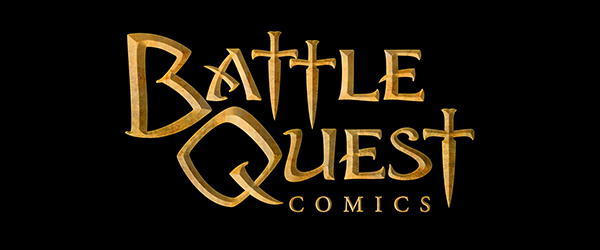
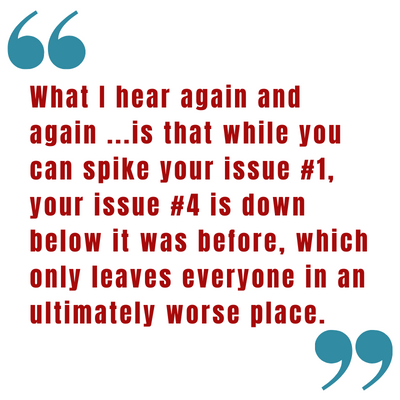
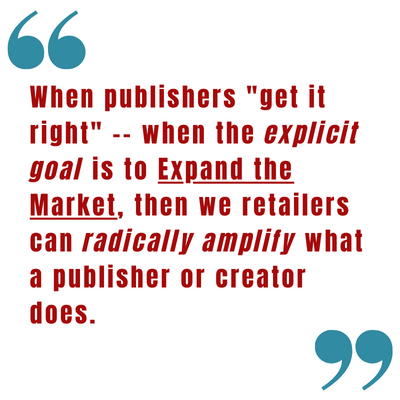
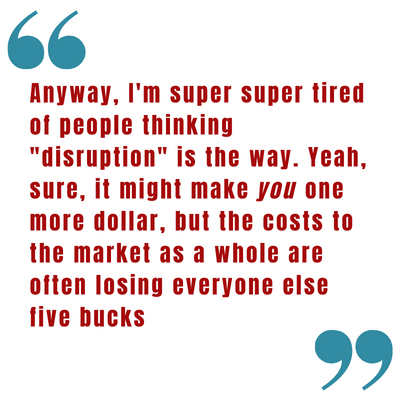

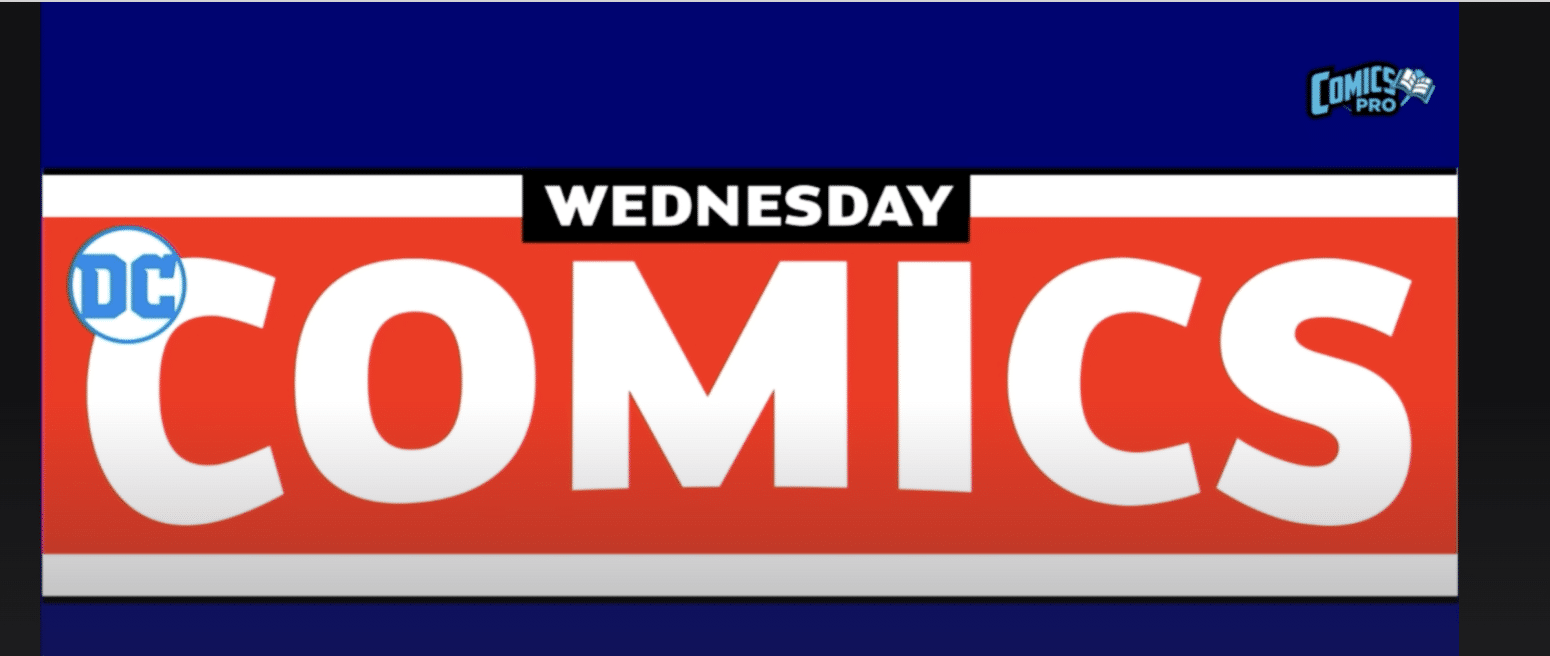
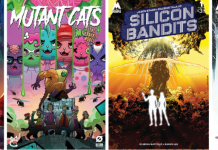


At one point you mention that we seem headed for a crash. To your mind, would a crash be the nightmare scenario you detail at the bottom of this piece, or something else? Do you have any opinions on what the publishers can do to increase the size of the market?
“there is no “core” issue with periodical comics themselves”
I agree with most of your points but I do think there is a core issue with the periodicals themselves. In many cases, the comics (the single issues) are not worth the money. The decompression of the storylines is lazy and cheapens the reading experience. A successful and very talented cartoonist told me once that “a good comic should be a good dump” as in it should take a while to experience. So much of the stuff that comes out in singles is fluff, barely a chapter in a story. The comic itself needs to be more satisfying as a read on its own.
Periodicals are broken because many find the price too high, yet the price required to be competitive offers very little in income for the majority of creators.
@stephenadkison : the market has crashed at least twice in my lifetime: once after the B&W glut, and once after the spec market died post-Valiant1.0/Wizard. Many many many stores closed, many publishers went out of business. It was ill stuff.
@Calum: I’d argue the same is true of most of the content of most GNs, though your point is taken that “decompressed” periodicals is a bad trend.
@Bob: I’d say that statement is as true for most GNs, too
-B
Interesting.
1) Diamond might have been deaf to requests for change, but I don’t see either Lunar or PRH bringing anything new to the game. Free shipping seems to be about it, which is equivalent to practices of online platforms trying to grab market share by using low pricing unattainable for brick & mortar.
2) The fact that Image will be allowing a shoe-string operation like Lunar to distribute their comics seems to me a sign that there isn’t a lot of volume in their single issues anyway these days.
3) One of the best selling comics worldwide for 2022? Chainsaw Man published by Viz, which neither PRH nor Lunar carries. For retailers, please consider this when wondering if ordering through Diamond would still be viable in the future. The fact that most reports on distribution changes and predictions for the future completely ignore Manga as part of the eco-system is baffling to me. Do all these stores get their Viz from Simon & Schuster or is there something else I’m missing?
Very very odd to link to the websites of the competition.
Comments are closed.